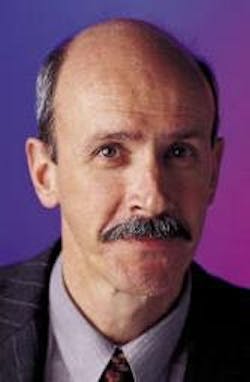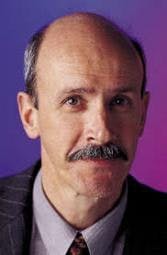Wishful Thinking and Wireless Wizards
Well, this year, anyway, it turns out there were a few things that might interest you.
Item one: For the first time in years there was an overall, and seemingly genuine, optimism about the near-term economic future of the market from the automation community. Potential buyers and specifiers talked about a pent-up demand that must be satisfied soon.
Companies were thinking about spending some technology bucks in an already-sluggish 2001, when 9/11 completely slammed the brakes on the economy. They were getting ready again to spend some cash in 2002, that is until the Global Crossing and Enron and Tyco debacles kept spending at bay.
In 2004, a lot of companies are likely to conclude they just can't wait any longer. The bailing wire and duct-tape that has held factory machines and systems together is giving out. Let's hope this spending primes the economic pump to give us that overdue, sustainable period of growth we all need.
Item two: While there was spending optimism, there also is a deep-seated anger in some circles about the exodus of technical jobs in the automation sector to China and India, in a fashion similar to the IT world. U.S. companies that zealously promote the profit virtues of a global economy don't show that interest in preserving technical intellectual property.
That was sadly reinforced during a panel discussion. An audience, looking for advice on how, as one questioner put it, "to fight back," was summarily told to "get over it" by a panel that included Richard Morley, the acknowledged inventor of the PLC; Richard Pearson, president of the National Center for Manufacturing Sciences, a collaborative R&D consortium; Greg Ekberg, president of Highline Controls; and Mark Sullivan, CEO of Niobrara R&D.
The panel said the jobs are not coming back, so, concluded Morely, "you have to go where the jobs are." Ekberg defended the global economy as the great cost equalizer, Sullivan pointed to excessive litigation as a key contributor to job loss, and Pearson's group wants to find a way to take labor out of the cost equation altogether.
The shoulder-shrugging, "just deal with it" attitude of the panel wasn't what the audience was hoping to hear.
Item three: Wireless devices were everywhere. But wireless has a problem: power for the sensors. Power over Ethernet may solve a few problems, but I found what might be a delightful solution.
Tucked quietly in a corner of the Millenial Net booth was Kevin O'Handley from a little startup called Ferro Solutions. Most people strolled right by him, but periodically someone would see Kevin's device and the little sign that said "Energy Harvester," and stop for a closer look. The next thing usually said was "What the heck is that?"
The Energy Harvester, the size of a pack of gum, creates electricity from any device or environment with low-level vibrations or a changing magnetic field--enough power to continuously trickle-charge a sensor battery or replace it altogether. O'Handley showed it attached to a mockup of a heating duct. Think of all the sources of vibration in a factory. "Other harvesting devices exist," O'Handley admits, "but this is the first to generate milliwatts of power from input vibrations of about 20 milli-g." Pretty slick. Roy Harvey of Millenial Net says his company expects to have harvester-equipped wireless sensors on the market within a year.


